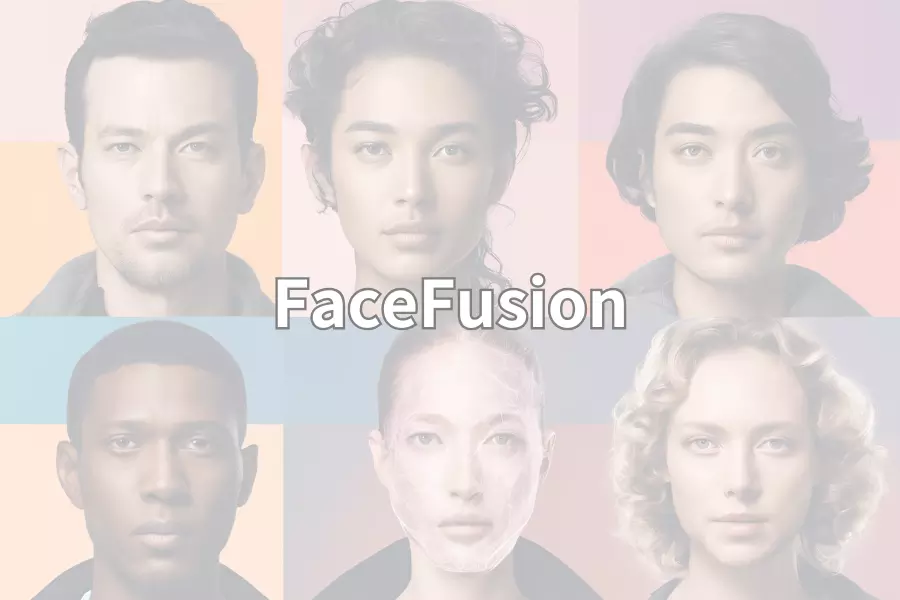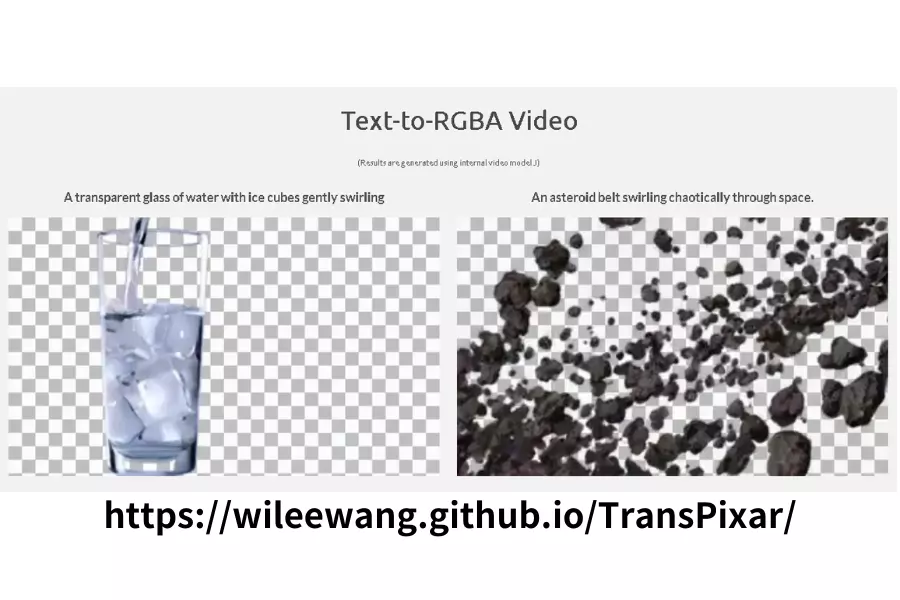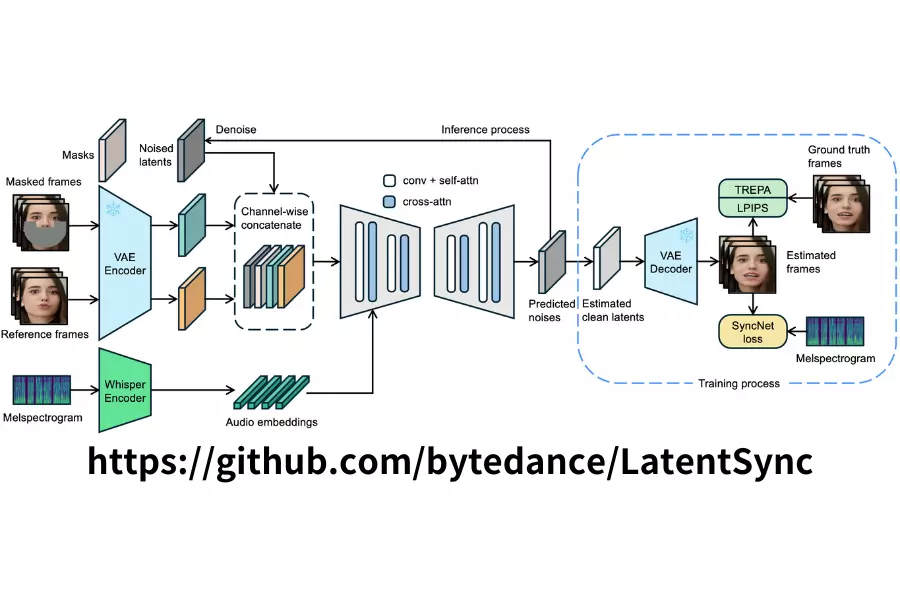Explore the Fascinating World of FaceFusion - AI Face Swapping
This introduction will dive deep into the principles, applications, and future trends of face fusion technology (FaceFusion). We’ll analyze key techniques such as face detection, feature extraction, and image fusion, while also exploring its wide-ranging applications in entertainment, marketing, and art. Additionally, we’ll discuss the ethical and social implications FaceFusion may bring.
From the early days of simple face-swapping apps to today’s highly realistic AI-generated videos, face-swapping has become increasingly popular on social media. This trend highlights not only the pursuit of creativity and fun but also the impressive capabilities of face fusion technology.

How FaceFusion Works: The Technology Behind the Magic
- Face Detection: Accurate Location, the First Step of Face Swapping
- “Before fusing faces, the system first needs to accurately locate the faces in an image. Think of it like an artist sketching a layout before starting a painting. The goal is to detect faces and draw a bounding box around them.”
- Common Algorithms:
- Haar Features and AdaBoost: “An earlier method using Haar features to describe facial features and AdaBoost for classification. It’s fast but struggles in complex environments.”
- HOG Features and SVM: “HOG captures facial shapes and features by computing image gradients, then uses SVM for classification. It’s more accurate than Haar but requires more computation.”
- Deep Learning (e.g., CNN): “The most common modern approach uses Convolutional Neural Networks (CNNs). These models, trained on large datasets, automatically learn facial features and are highly accurate, even under challenging conditions like poor lighting or tilted angles. Popular CNN models include MTCNN, SSD, and YOLO.”
- Real-Life Applications: “Face detection isn’t just used in FaceFusion but also in cameras for facial autofocus, facial recognition in access systems, and photo tagging on social media.”
- Feature Extraction: Capturing the Unique Identity of Faces
- “After locating a face, the next step is to extract its features, like a unique ID that differentiates one face from another. These features are turned into numerical representations or vectors that describe facial characteristics, such as eye position, nose size, and mouth shape.”
- Common Methods:
- Geometric Features: “Measuring distances and angles between facial points, such as the distance between eyes or from nose to mouth.”
- Local Binary Patterns (LBP): “A texture descriptor comparing pixel intensity values to extract local texture features.”
- Deep Learning (e.g., FaceNet, ArcFace): “Deep learning models trained on massive datasets have achieved breakthroughs, learning abstract and effective feature representations, improving recognition and fusion accuracy.”
- Facial Landmarks: “These key points mark facial areas like eye corners, nose tip, and mouth edges, enabling precise alignment and fusion.”
- Image Fusion: Seamless Integration Techniques
- “With extracted features, the next step is fusing them into the target image, like assembling puzzle pieces seamlessly.”
- Common Methods:
- Alpha Blending: “A simple technique using transparency (alpha values) to overlay images. However, it can create blurred or unnatural edges.”
- Poisson Blending: “A more advanced method smoothing edges by solving Poisson equations, achieving natural and realistic results.”
- Deep Learning Methods: “Using GANs (Generative Adversarial Networks) for highly realistic fusion, these techniques handle complex scenes and facial expressions effectively.”
- Post-Processing: “Final adjustments like color correction and smoothing enhance the result’s quality.”
- Technical Highlight (Optional): GANs (Generative Adversarial Networks)
- “For those interested in technical details, GANs consist of two networks: a generator creating new images and a discriminator distinguishing real from fake. This adversarial training generates highly realistic images, widely applied in face fusion for creating detailed, high-resolution results.”
Amazing Applications of FaceFusion: From Entertainment to Art
- Entertainment: Bringing Joy and Surprise
- Face-Swapping Apps and Filters: “Apps and filters on social media let users easily swap faces with friends, celebrities, or even animals, creating hilarious and engaging images or videos. Popular examples include FaceApp and Snapchat filters.”
- Creating Fun Videos and Memes: “FaceFusion is widely used for making entertaining videos and memes, like swapping faces with movie characters or inserting faces into funny scenarios.”
- Virtual Roleplay: “Users can use FaceFusion to cosplay as animated, gaming, or movie characters, enhancing their participation and enjoyment.”
- Examples:
- FaceApp: Shows aging, youth, or gender-swapped versions of faces.
- Snapchat and Instagram Filters: Provide real-time face-swapping effects.
- Deepfake Videos: While controversial, they showcase FaceFusion’s potential for film production.
- Marketing: Creating Interaction and Buzz
- Interactive Campaigns: “Brands can create interactive games where consumers swap their faces with brand ambassadors or products, offering personalized experiences that boost engagement.”
- Personalized Ads: “FaceFusion enables personalized recommendations based on facial features or creates immersive experiences at events.”
- Examples:
- Cosmetics Brands: Virtual try-on apps let users test different lipstick shades or eyeshadows.
- Clothing Brands: Virtual fitting rooms help consumers see themselves in different outfits.
- Theme Parks: Photo booths that swap visitors’ faces with mascots for shareable social media content.
- Art: Exploring Endless Possibilities
- Digital Art Creation: “Artists can blend features of different faces to create surreal or abstract artworks, expressing emotions or concepts.”
- Exploring Facial Forms and Expressions: “FaceFusion lets artists manipulate faces freely, exploring aesthetics and styles.”
- Examples:
- AI-Generated Art: Combining GANs and FaceFusion for stunning AI artworks.
- Face Collage Art: Merging parts of various faces into unique visual compositions.
The Double-Edged Sword of FaceFusion: Pros and Potential Risks
- Pros: Creativity, Interactivity, and Personalization
- Creating Unique and Fun Content: “FaceFusion unlocks creativity, allowing users to create one-of-a-kind visuals for entertainment or art.”
- Enhancing Engagement: “Interactive and personalized experiences attract attention and boost participation, especially in marketing.”
- Lowering Content Creation Barriers: “Simple tools make FaceFusion accessible, even to non-professionals.”
- Cons: Ethics, Privacy, and Challenges
- Ethics and Privacy Concerns: “Unauthorized use of others’ faces may infringe on privacy and image rights, especially on social media.”
- Deepfake Controversies: Risks include misuse in false political content or rumors.
- Abuse Risks: “FaceFusion can spread misinformation, misleading the public and disrupting society.”
- Prevention: Enhance regulations, educate the public, and develop fake-detection tools.
- Technical Challenges: “Handling variations in lighting, angles, and obstructions remains a hurdle.”
- Resource Demands: Advanced techniques like GANs require significant computing power.
- Expression and Motion Realism: Achieving natural transitions and avoiding stiffness is still challenging.
Future Trends of FaceFusion: Embracing Change, Envisioning Possibilities
Technical Improvements: Pursuing Ultimate Realism
Enhanced Fusion Quality and Realism
“Future FaceFusion technology will focus more on fusion quality and realism. Through advanced algorithms and models like complex GAN architectures and 3D facial modeling, fused images and videos will become more natural and seamless, making them harder to distinguish from reality.”
Key Improvements:
Stronger Anti-interference Capabilities
“Future technology will focus on improving resistance to interference, handling various lighting conditions, angles, occlusions, and even low-quality images.”
Application Expansion
New and Diverse Use Cases
“Beyond current entertainment, marketing and artistic applications, FaceFusion will expand into innovative new areas, bringing transformation across sectors.”
Key Applications:
- VR/AR Integration
- Immersive gaming experiences
- Virtual try-on applications
-
Enhanced reality interactions
- Education and Training
- Historical figure visualization
- Medical training simulations
-
Interactive learning experiences
- Film Production
- Age transformation effects
- Post-production facial modifications
-
Cost and time-saving solutions
- Remote Communication
- Realistic virtual avatars
- Enhanced emotional connection
- Improved communication efficiency
Ethical Guidelines
Establishing Comprehensive Mechanisms
“As FaceFusion technology becomes widespread, addressing ethical and legal concerns becomes crucial. Establishing comprehensive regulations is essential to ensure responsible use.”
Key Areas:
- Legal Framework Development
- Clear regulations for facial image usage
- Privacy and image rights protection
-
Usage guidelines and restrictions
- Technical Standards
- Methods to detect manipulated images
- Prevention of deepfake misuse
-
Quality and safety standards
- Public Education
- Media literacy improvement
- Awareness of deepfake technology
-
Recognition of manipulated content
- Industry Self-regulation
- Ethical guidelines for developers
- Responsible technology usage
- Corporate accountability measures
Conclusion
FaceFusion technology holds unlimited potential for future development. While continuing to evolve and bring convenience and entertainment, we must address potential risks through proper regulations to ensure its healthy development and beneficial impact on society.





